

Bequia
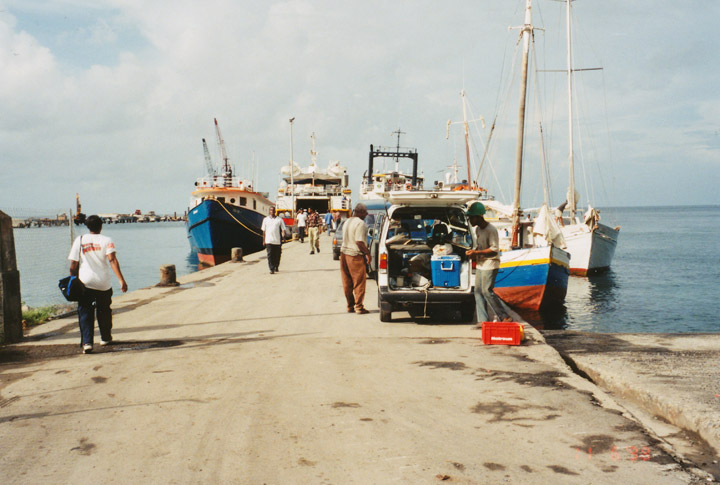
ferry to Bequia from Kingstown, Saint Vincent
Bequia ( pronounced beck-way ) is the second largest island in the Grenadines. It is part of the nation of Saint Vincent and the Grenadines, and is approximately 15 km from the nation's capital, Kingstown.
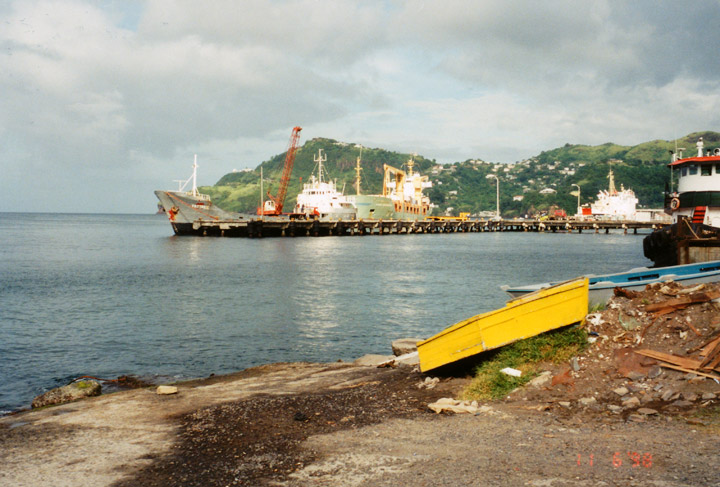
Kingstown harbor
The island's capital is Port Elizabeth 13°00′N, 61°16′W. Other villages on the island are Paget Farm, Lower Bay, La Pompe, Hamilton, Mount Pleasant and Belmont.
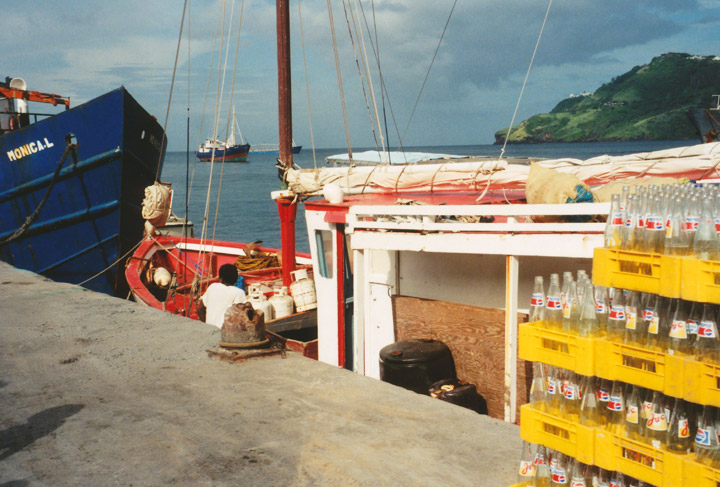

on the dock
The total population is about 4.300, the native population being primarily a mixture of people of African, Scottish and Carib Indian descent. The island is very small, measuring some 7 square miles. The main population areas are Port Elizabeth and Paget Farm which host the Ferry Terminal and Airport respectively.
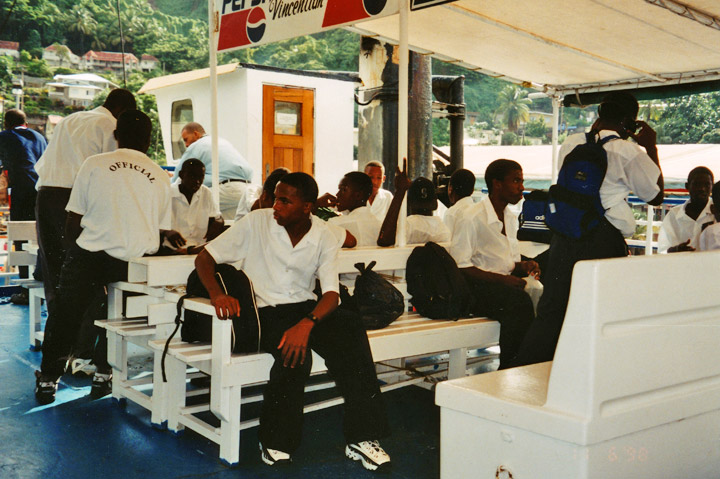
on the ferry
Other prominent areas of Bequia include Spring, site of a former coconut plantation and home to agricultural animals, Industry Bay and Lower Bay.
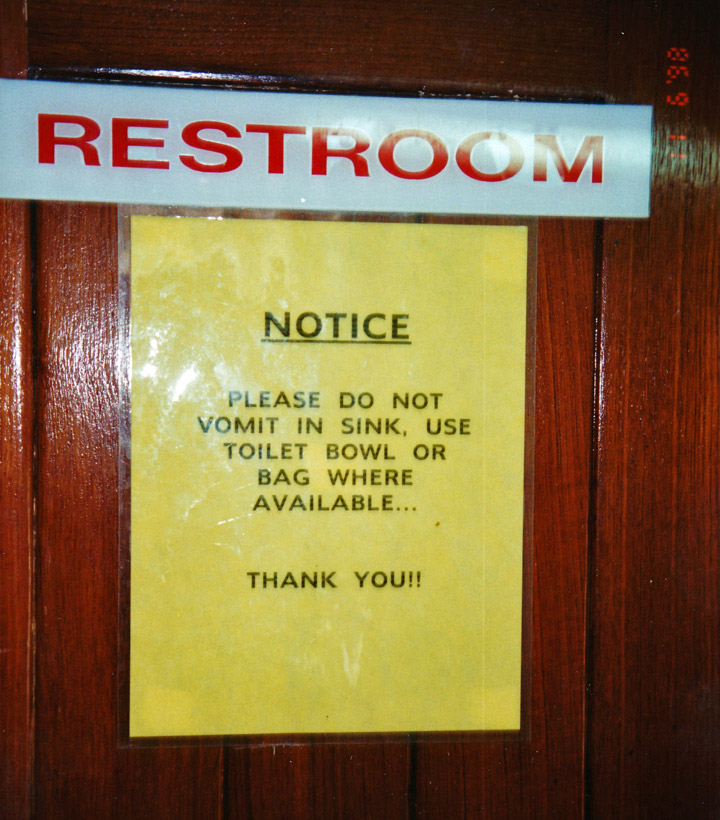
heavy sea concerns
Bequia means "island of the clouds" in the ancient Arawak. The islands name was also 'Becouya' as part of the Granadilles.
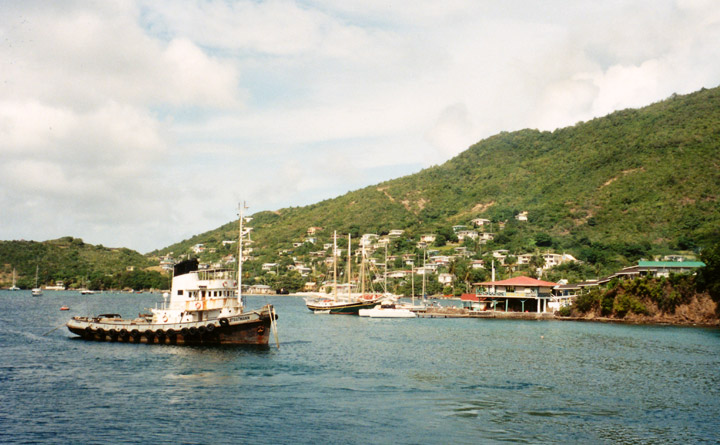
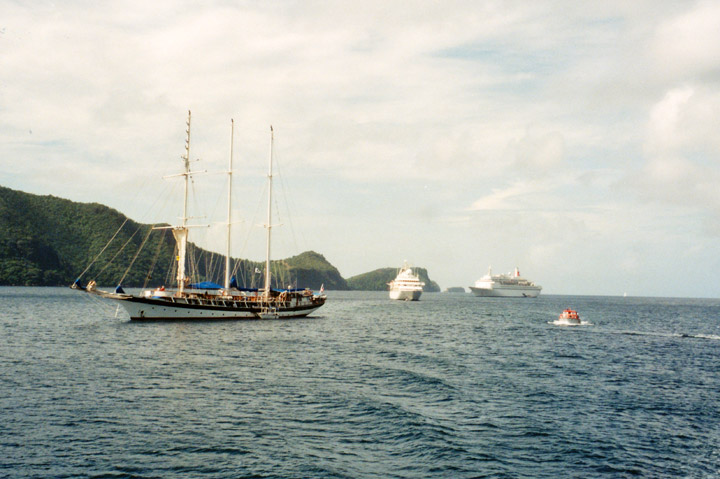

Bequia's harbor, Port Elizabeth
The islands' unofficial anthem is considered to be 'Only in Bequia', by island native Raphael "Socony" Holder.
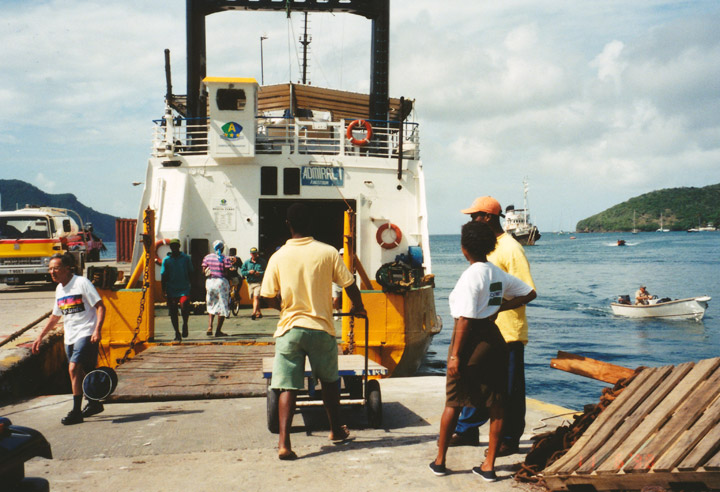
docked in Bequia
The island's hills are much lower than the peaks of St. Vincent, 10 miles to the north, so they do not receive as many rain showers.
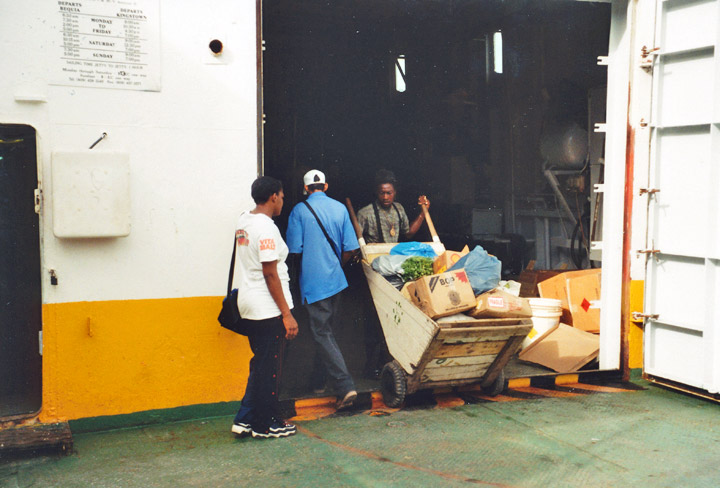
The main port Admiralty Bay, a large natural harbor, and the "town" Port
Elizabeth are situated on the west coast.
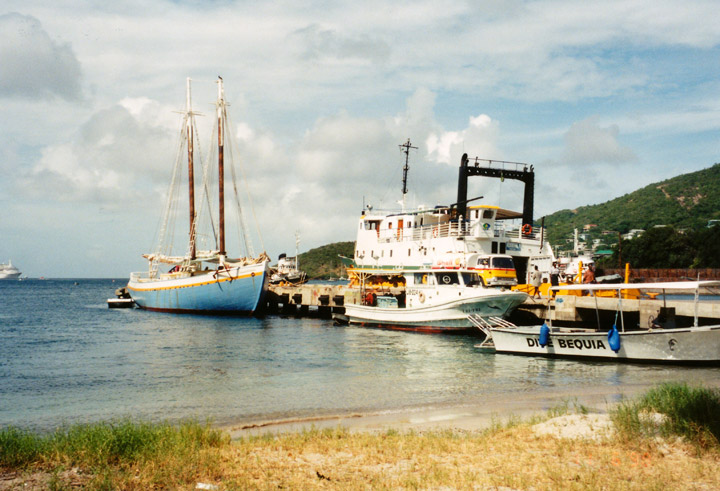
at the dock
Bequia is popular among cruising yachts, expats and vacationers. One of the busiest times of the year being the annual Easter Regatta.
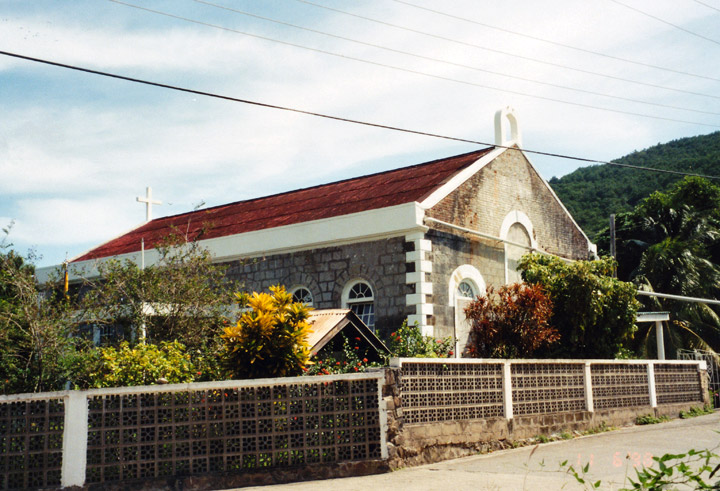
Two Scuba diving stores run dive trips to the fourteen or so dive sites around
Bequia. There are several wrecks accessible to advanced divers. It is not
unusual to see Hawksbill turtles, lobsters, moray eels and many kinds of fish
when diving Bequia.

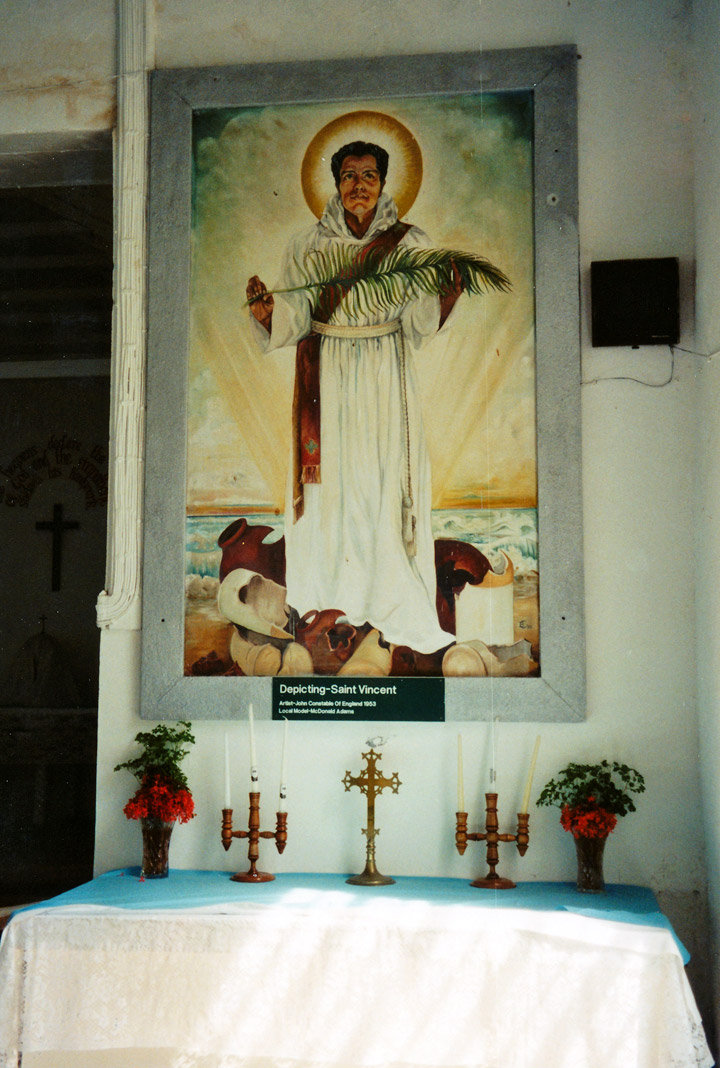
After the Treaty of Utrecht that settled peace between the Spanish and British
empires, Great Britain obtained the lucrative monopoly over the Aciento slave
trade. Runaway and shipwrecked slaves inhabited the island of St. Vincent in the
1600s and according to an early account of the French Antilles, to which Bequia
was considered as being part of Grenada, Bequia was too inaccessible to colonize
and Caribs or Arawaks used the island for fishing and some cultivation. A few
Portuguese and Dutch slave ships on route to Statia island from West Africa
reportedly shipwrecked on the Grenadines reefs. Bequia has been under French
control in the 1700s and during the war with England allowed their allied
Spanish and Dutch ships as to take in fresh supplies and the British were
banned. The Treaty of Paris (1763) changed everything. St. Vincent, the
Grenadine islands, including Grenada, were given to the British in exchange for
Guadeloupe, Martinique and other islands. Petit Martinique's name derives from
this era, and so does Petit St. Vincent. In 1779 the French seized the island,
despite the Treaty of Paris, and the British regained control soon after. In the
early 18th century a healthy sugar industry emerged. Molasses, rum, coffee and
indigo were other export products. The island made world fame by its production
of Arrowroot. At one point in time, St. Vincent and the Grenadines was the
single largest producer of Arrowroot starch in the world. Presently Hairoun and
Vincy strong rum are big export products to the European Union.
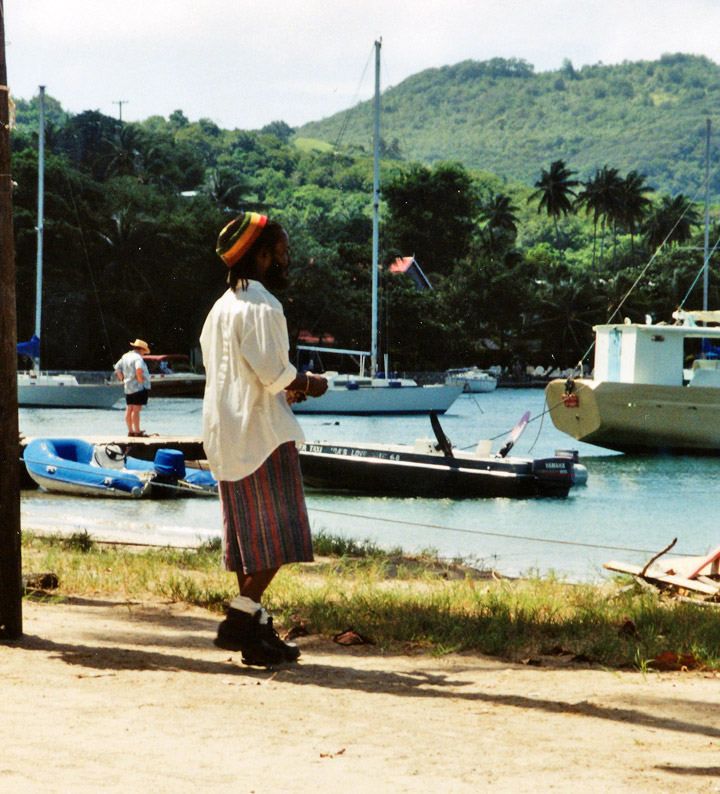
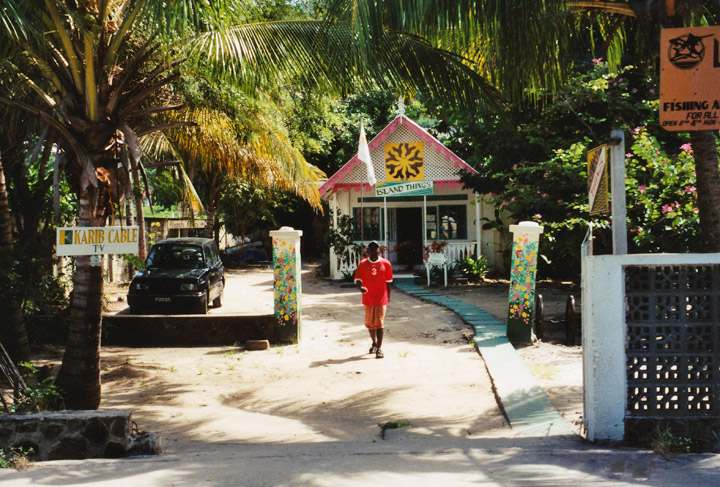
It is said by some historians that the famous Captain Edward Teach had his base
here too. The opening shot of the movie Blackbeard, Pirate of the Caribbean,
made by the BBC actually displays his first ship off the coast of Bequia in the
St. Vincent passage. According to some elder locals on Bequia some years ago,
Saint Vincent and the Grenadines was not only Capt. Edward Teach's base, which
many decline, but also Sir Francis Drake's passed by from where he planned the
famous attacks on the Spanish admiralty in Don Blas de Lezo's Cartagena. John
Hawkins and Henry Morgan may also very well have anchored in Admiralty Bay as it
was also at that time the safest natural harbour in the Eastern Caribbean as to
hide for hurricanes. Also of interest is the fact that Bequia was used as a
repair facility for ships. Besides Nelson's Dockyard on Antigua and the carlyle
in Bridgetown, Barbados, there were no docks or shipyards in the area. Wooden
shipbuilding and ship repair on Bequia was possible due to the presence of Cedar
trees on the island and emphasizes the natural bond with the sea and
international trade as a whole.
Text from Wikipedia
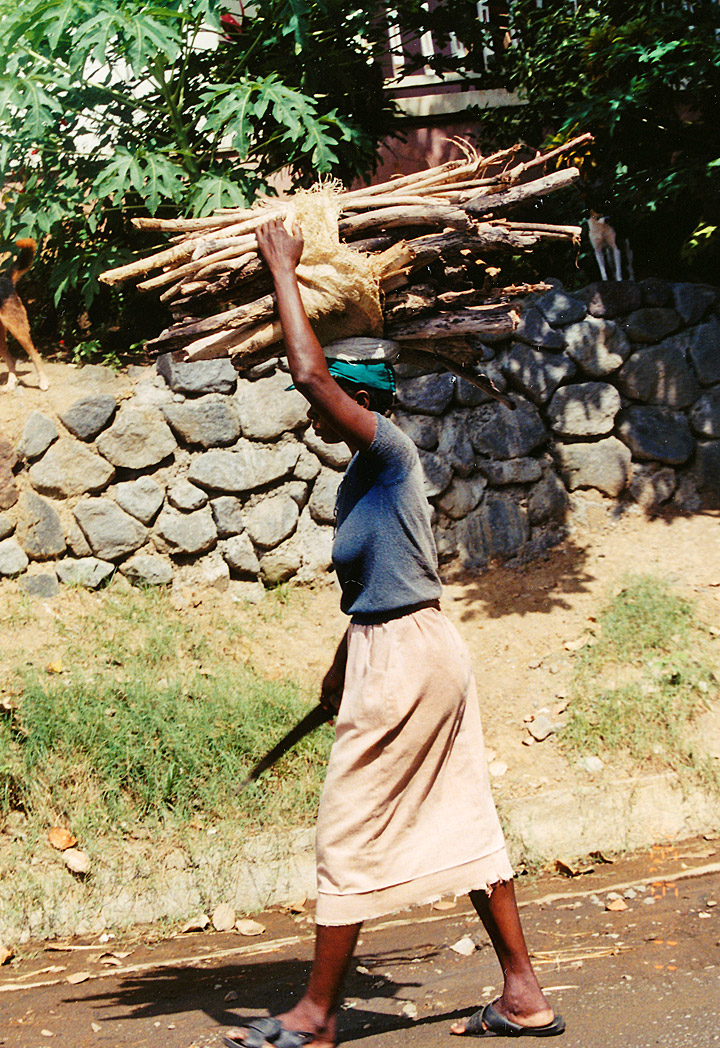
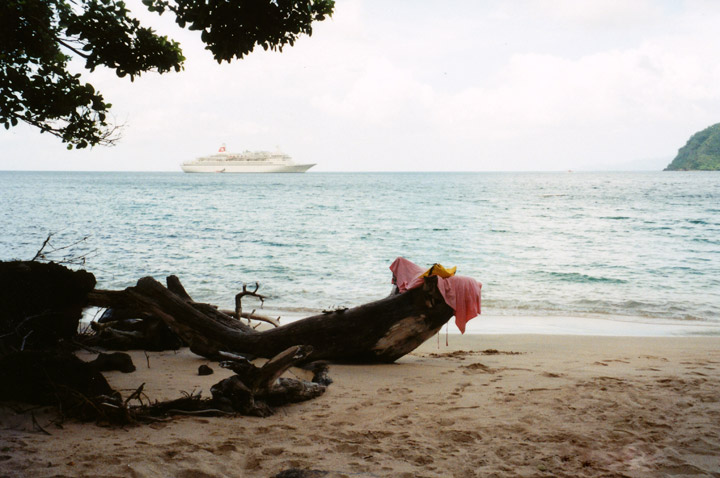
cruise ship off the beach
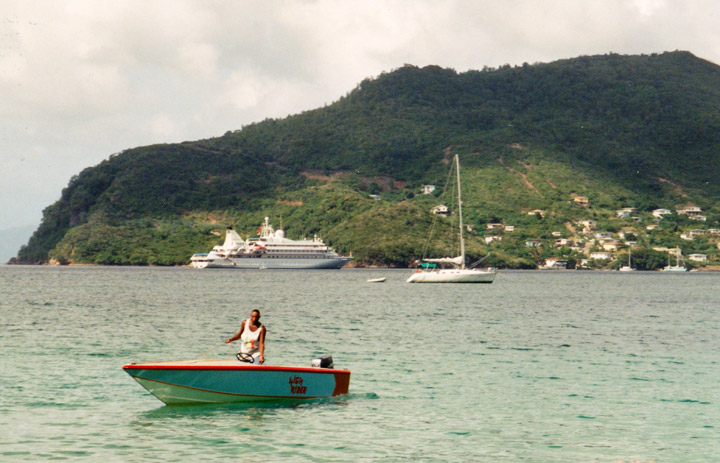
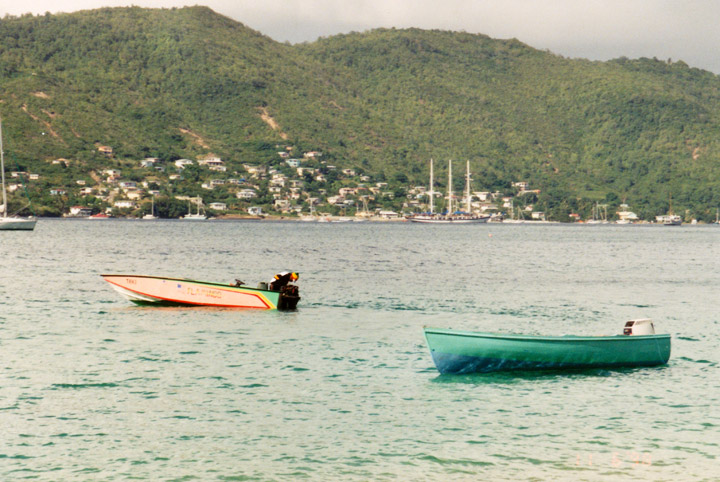

water sports
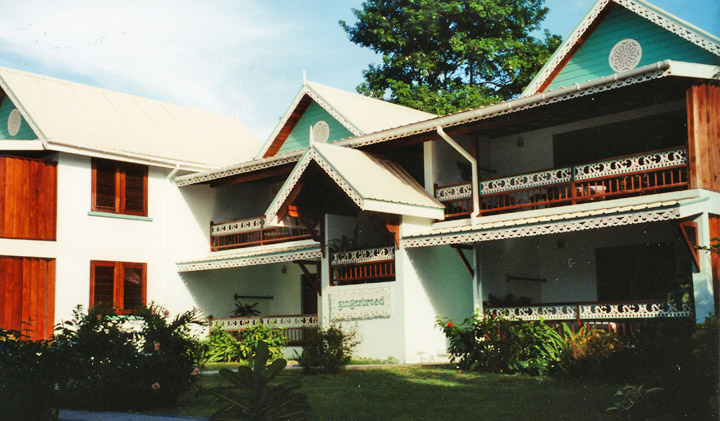
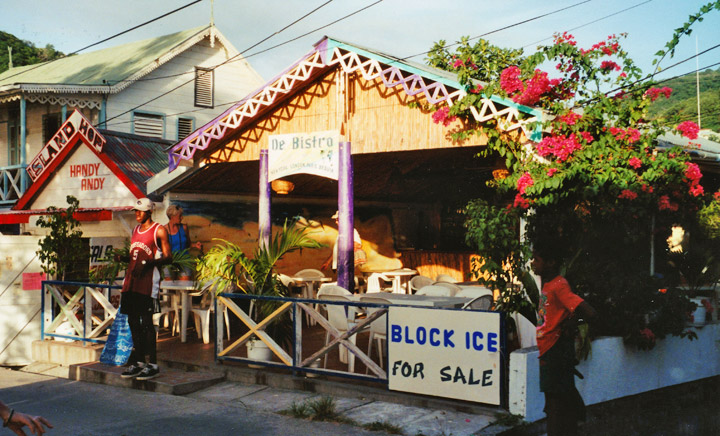

island house
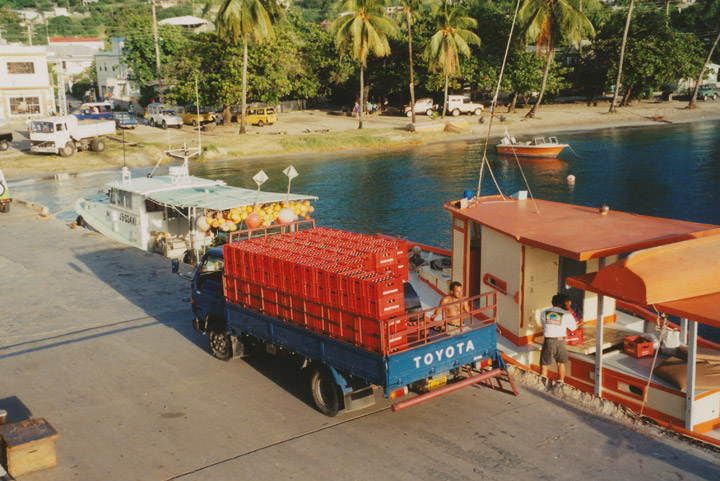
on the dock for return
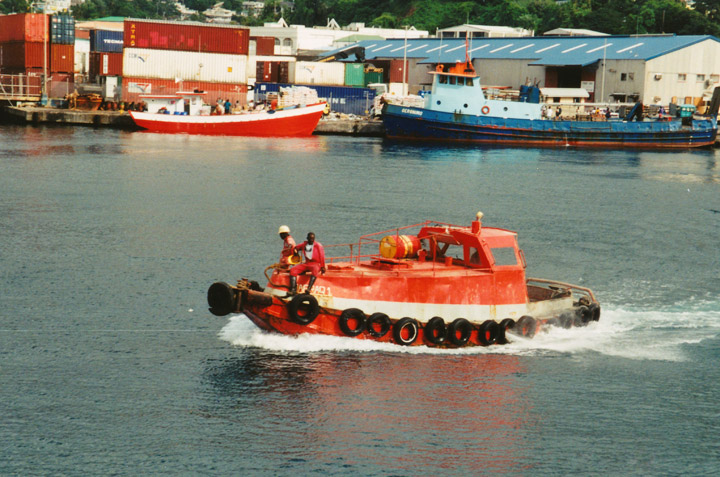
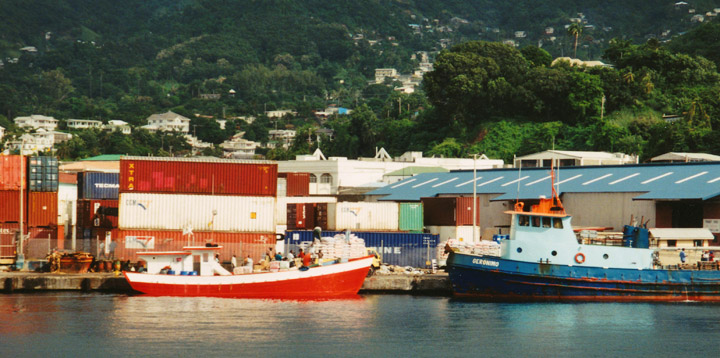
returning to the Kingstown harbor